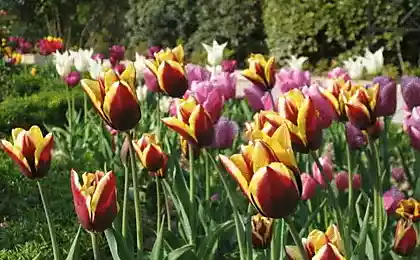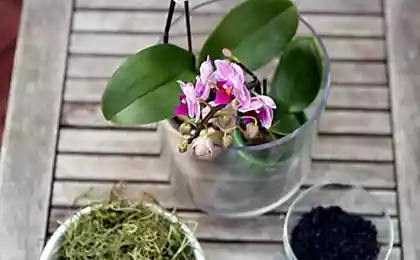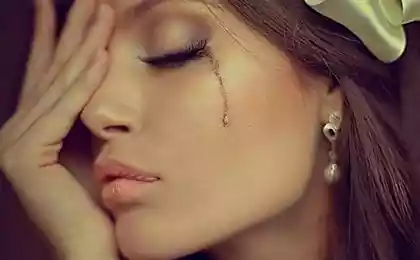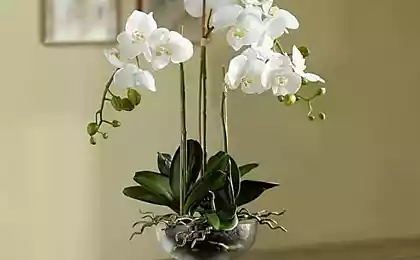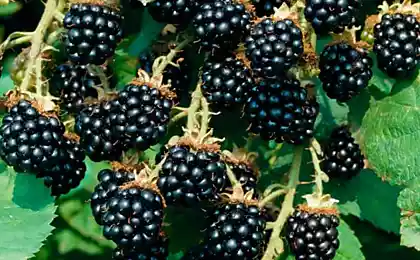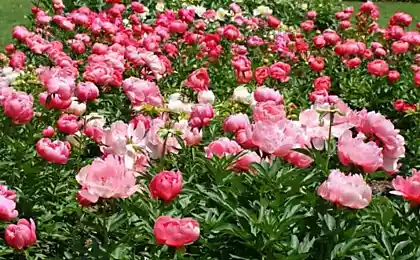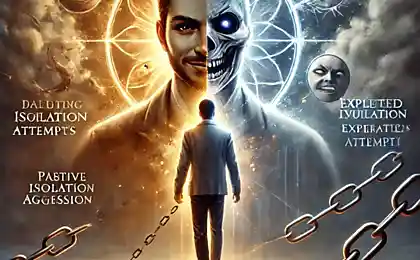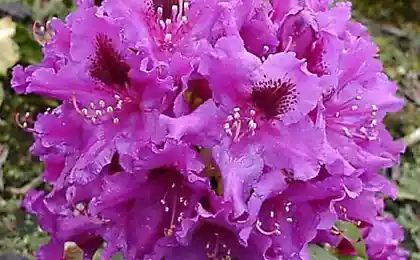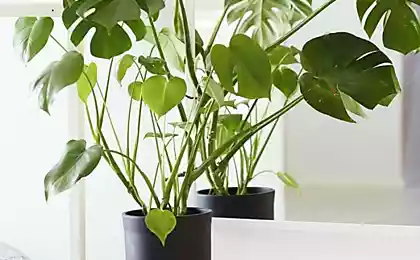196
My grandmother always tied daffodil stems after flowering into tight braids, and now I do.
Narcissists after flowering They're always starting to fade. There is nothing surprising or scary about this. The main thing is to respond to these processes in a timely manner. We can continue to work with flowers so that next year they can please us with their beauty and sophistication.
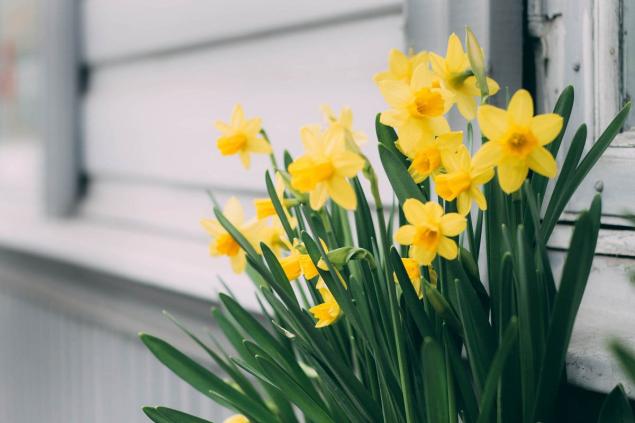
Peels Narcissus are graceful flowers that decorate gardens and fields with the beauty of their beautiful flowers. Their magnificent flowering attracts attention and delights us in the spring. But what happens to narcissists after their bright petals fade? They retain their beauty and energy even after flowering. In this article, we will look at what happens to daffodils after flowering and what measures can be taken to maintain their health and appearance.
When daffodils wither, the first thing their stems and leaves begin to turn yellow and die. This is a natural process when the plant goes to rest. During this period, narcissists focus their energy on preserving nutrients in the bulb for the following year. It is important to allow daffodils to complete this process completely, so the leaves and stems should not be removed until they are completely dried and easily separated from the bulb.
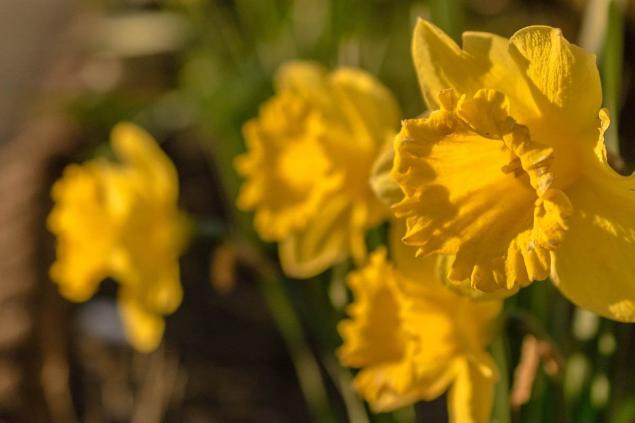
Accordingly, the gardener will have to spend a little time in order to remove the flowernoses with the help of ordinary garden scissors. You need to act carefully and only with a clean tool. Dirty scissors can cause disease in plants.
By leaving the leaves and stems in place, we allow daffodils to accumulate enough nutrients for healthy growth next year. To preserve the aesthetic appearance of the garden, you can cut only the tops of faded leaves and stems. They are immediately visible in the yellow tint.
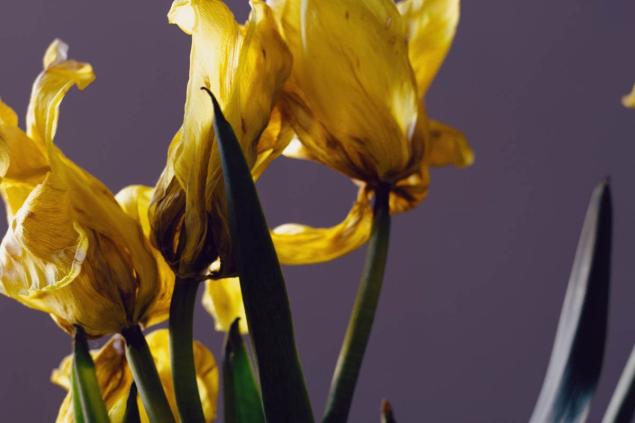
It is also important to provide daffodils with enough light and air after flowering. Narcissists love sunny places, so it is preferable to leave them outdoors. However, if you grow them in pots or containers, you can move them to a shady place at rest to prevent the bulbs from overheating.
After flowering, daffodils also need regular watering. But it is important to remember that they do not tolerate overhydration. Water the plants moderately to prevent rotting of the bulb. When irrigating, water should also be avoided on the bulb to prevent rotting.
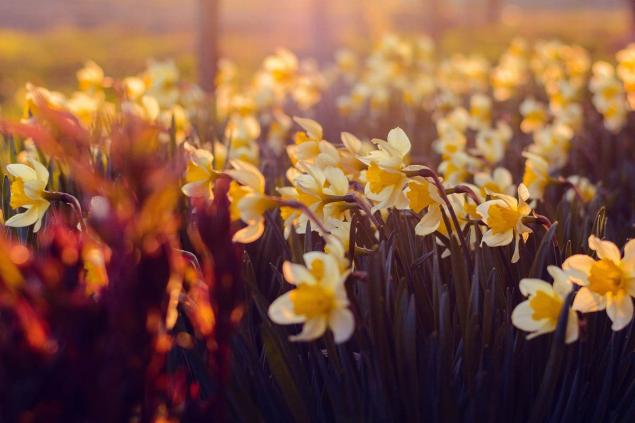
Peels One important procedure that can be performed after flowering is fertilizing daffodils. Feeding will help plants restore the nutrient stores in the bulb and prepare for the next growth season. Use fertilizers that contain all the necessary nutrients. A more detailed composition will be indicated for you on the package. Try to follow our simple recommendations below.
In addition, it is worth paying attention to the protection of narcissists from pests and diseases. Often, after flowering, daffodils become the target of insects and fungal infections. Check plants for signs of pests – such as aphids or leafworms – and take steps to control them. If you notice signs of illness, such as stains on the leaves or rotting of the bulb, use appropriate medications or seek advice from a gardening specialist.

While the bulb is gaining strength for the future, the plant is particularly susceptible to pests. That's what they actually use. To protect the delicate flower from death, we advise you to regularly treat it with preventive drugs that can be purchased in any specialized store. And pay attention to visible spots or signs of rotting on the leaves. They need to be removed immediately.
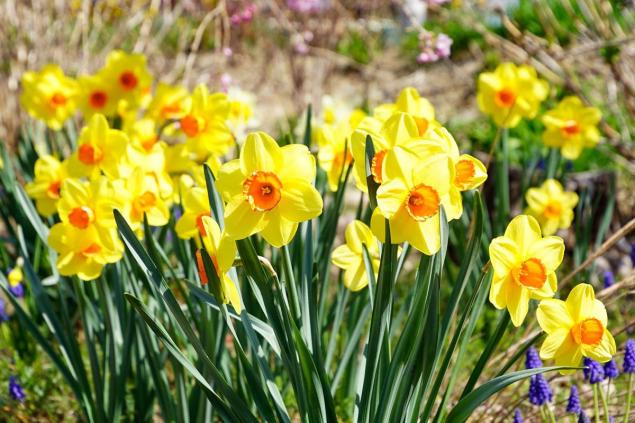
In conclusion, daffodils continue to be beautiful plants after flowering. Preserving and maintaining their health and beauty after this period is an important task for any gardener. Following the recommendations for pruning, watering, fertilizer and pest protection, you will be able to provide narcissists with favorable conditions for rest and successful return next year.

Peels Narcissus are graceful flowers that decorate gardens and fields with the beauty of their beautiful flowers. Their magnificent flowering attracts attention and delights us in the spring. But what happens to narcissists after their bright petals fade? They retain their beauty and energy even after flowering. In this article, we will look at what happens to daffodils after flowering and what measures can be taken to maintain their health and appearance.
When daffodils wither, the first thing their stems and leaves begin to turn yellow and die. This is a natural process when the plant goes to rest. During this period, narcissists focus their energy on preserving nutrients in the bulb for the following year. It is important to allow daffodils to complete this process completely, so the leaves and stems should not be removed until they are completely dried and easily separated from the bulb.

Accordingly, the gardener will have to spend a little time in order to remove the flowernoses with the help of ordinary garden scissors. You need to act carefully and only with a clean tool. Dirty scissors can cause disease in plants.
By leaving the leaves and stems in place, we allow daffodils to accumulate enough nutrients for healthy growth next year. To preserve the aesthetic appearance of the garden, you can cut only the tops of faded leaves and stems. They are immediately visible in the yellow tint.

It is also important to provide daffodils with enough light and air after flowering. Narcissists love sunny places, so it is preferable to leave them outdoors. However, if you grow them in pots or containers, you can move them to a shady place at rest to prevent the bulbs from overheating.
After flowering, daffodils also need regular watering. But it is important to remember that they do not tolerate overhydration. Water the plants moderately to prevent rotting of the bulb. When irrigating, water should also be avoided on the bulb to prevent rotting.

Peels One important procedure that can be performed after flowering is fertilizing daffodils. Feeding will help plants restore the nutrient stores in the bulb and prepare for the next growth season. Use fertilizers that contain all the necessary nutrients. A more detailed composition will be indicated for you on the package. Try to follow our simple recommendations below.
- Use a specialized fertilizer for flower plants or fertilizer containing essential nutrients such as nitrogen (N), phosphorus (P), and potassium (K). It is recommended to choose a fertilizer with a uniform content of these elements.
- Fertilize daffodils twice a year. The first fertilizer is carried out in the spring, when the active growth of plants begins. Do the second fertilizer after the flowering of daffodils.
- Water daffodils with fertilizer, avoiding it getting on leaves and flowers. It is a good practice to water the plants before and after the procedure to prevent possible root burns.
- Use mulch by placing it around plants. In this way, you will protect narcissists from drying out and provide them with a comfortable environment for good development.
In addition, it is worth paying attention to the protection of narcissists from pests and diseases. Often, after flowering, daffodils become the target of insects and fungal infections. Check plants for signs of pests – such as aphids or leafworms – and take steps to control them. If you notice signs of illness, such as stains on the leaves or rotting of the bulb, use appropriate medications or seek advice from a gardening specialist.

While the bulb is gaining strength for the future, the plant is particularly susceptible to pests. That's what they actually use. To protect the delicate flower from death, we advise you to regularly treat it with preventive drugs that can be purchased in any specialized store. And pay attention to visible spots or signs of rotting on the leaves. They need to be removed immediately.

In conclusion, daffodils continue to be beautiful plants after flowering. Preserving and maintaining their health and beauty after this period is an important task for any gardener. Following the recommendations for pruning, watering, fertilizer and pest protection, you will be able to provide narcissists with favorable conditions for rest and successful return next year.
The Orthodox Church urges believers to renounce superstitions, embroidery for holidays is allowed
Numerology can tell you who you are for your kind: a guardian, a healer or a last hope.

